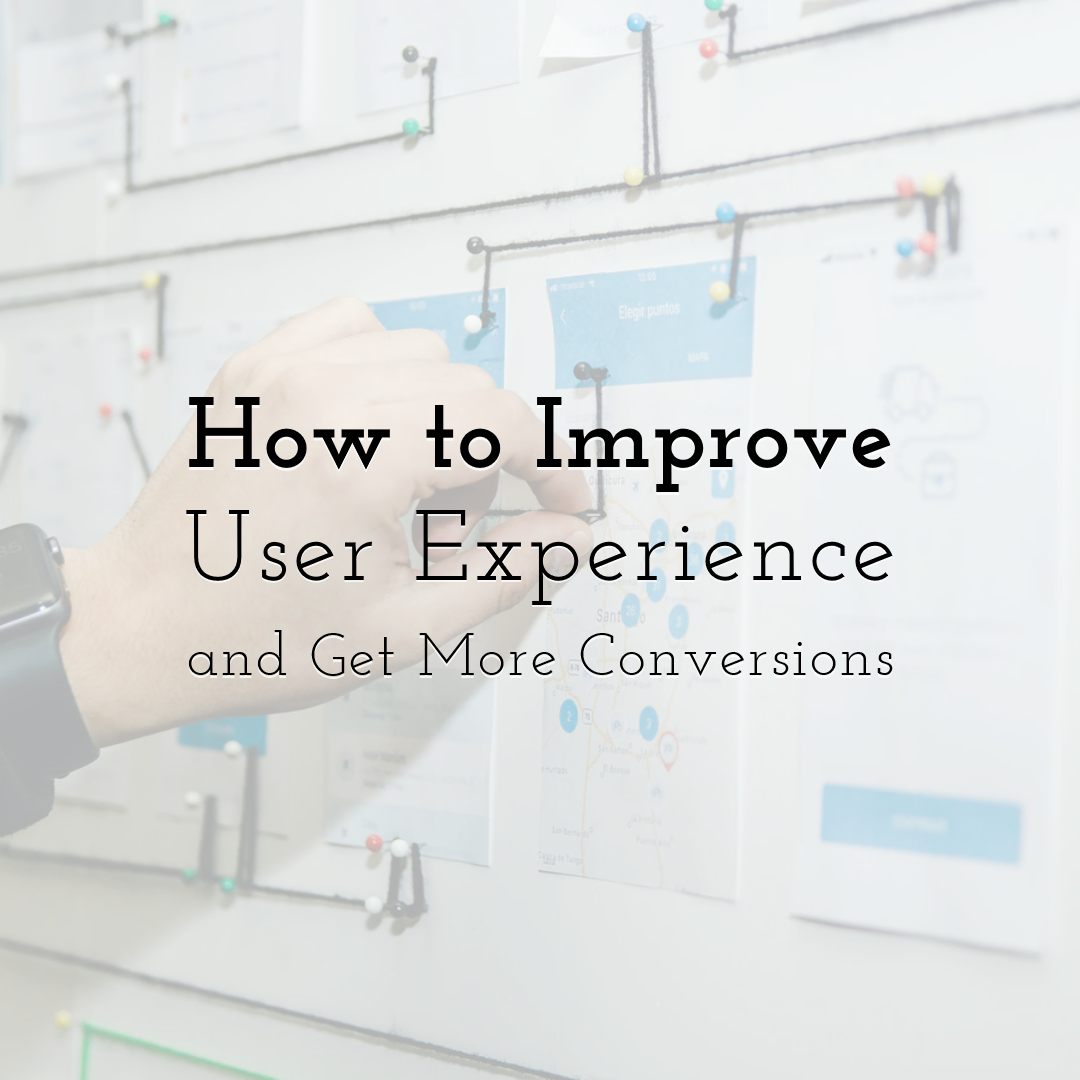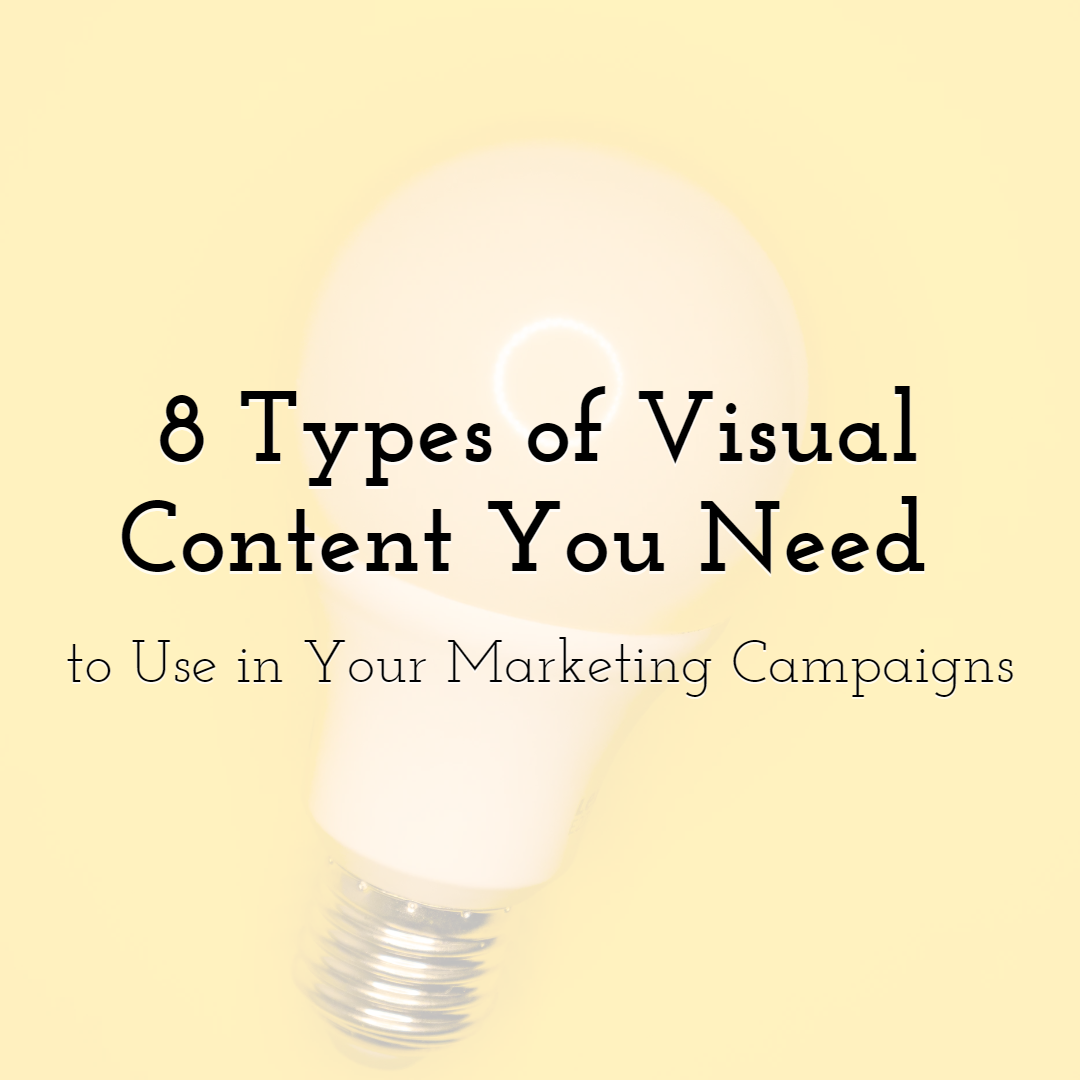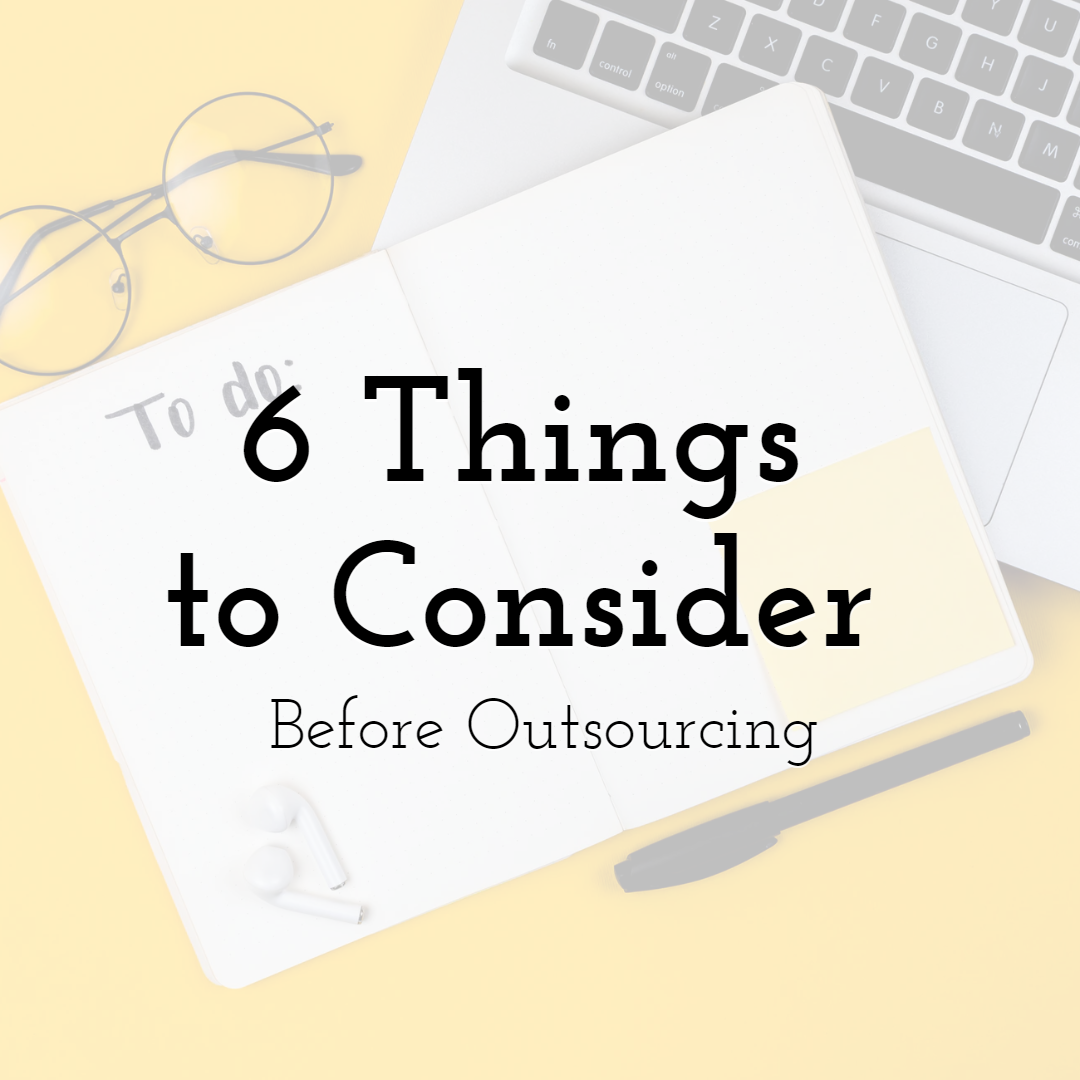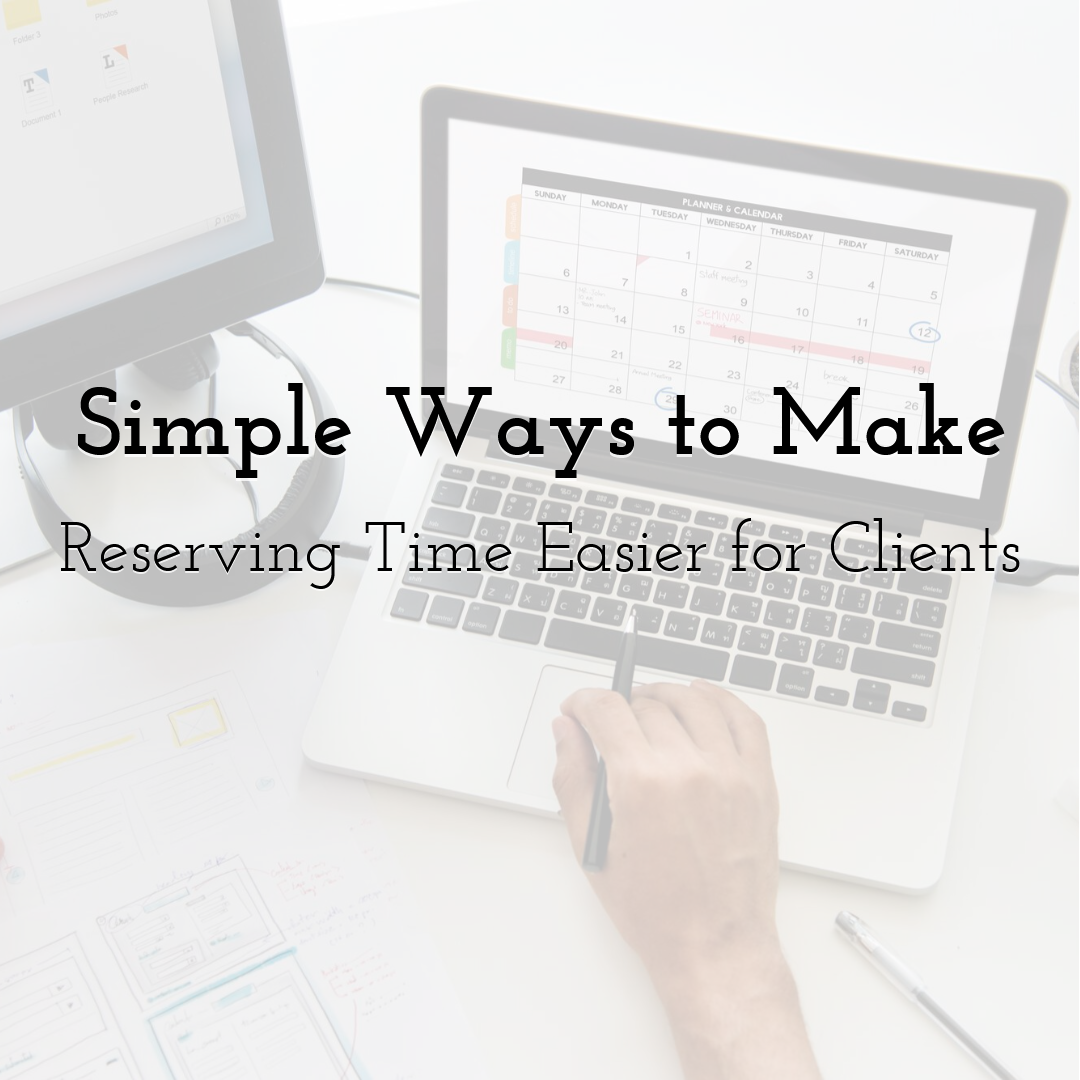How to Improve User Experience and Get More Conversions
 Create images for your blog with PixTeller
graphic maker
Create images for your blog with PixTeller
graphic maker
You have your gorgeously designed website up and running, you are getting tons of visitors, but the sales are lagging. For some reason, all those visits directly aren't converting to actual sales. It is as if people come to your site, look around, and leave without making a purchase. Something is lacking, and your bottom line is feeling it. This scenario is more common than you think.
A lot of people are approaching web design from the wrong perspective. They focus on design aspects that are important to them, not their customers. The idea is to create a customer-centric website designed to convert visits to sales, not just to be eye candy. Here are some tips on how to achieve this.
-
Technology and User Experience

Technology can have a significant impact on user experience (abbreviated UX). The trouble is that UX is a somewhat subjective category. Beyond a certain usability level, two different persons can have a different opinion on just how user-friendly a site is. To minimize this, there are specific techniques and design guidelines that all web designers worth their salt will follow to the letter, especially when it comes to user interface (abbreviated UI).
There is a clear link between UX, UI, and marketing strategy. A site that aims to provide excellent user experience should be simple to use, easy to navigate, and sincere. Perhaps the worst offense any site can perform is being dishonest and trying to mislead its users.
As far as offenses go, this one is unforgivable, and users who feel they have been lied to by your site will never come back. Not only that, but they will spread the word to their friends, potentially creating a very unpleasant situation for your brand.
-
Designing A User-Friendly Website
The design of your website will play an essential role in how satisfied your users are with it. It is easy to get carried away and let your creativity gets the best of you, but your company's site isn't the place for that. It may be hard to keep those creative juices under control, but keep in mind that functionality here is far more important than aesthetics.
That is why it is essential to know the difference between UX, UI, and graphic design portions. Understanding this difference will allow you to set goals for each of them. Once you have that established and have a clear picture of what you want from your site, other minor details, like choosing font and picture selection, will be much easier.
-
User Interface in Function of Conversions
The user interface defines how people will use your site. It is easy to go overboard when designing a UI, but every step must be taken to avoid this. Remember the KISS principle? If there ever was an area where it absolutely must be used, it is UI.
Overly complicating things just for the sake of impressing someone usually backfires badly. People prefer functionality over anything else when it comes to business, and it is something you and your web designer should keep on the mind at all times.
-
Engaging Your Users

Engaging your users is another aspect of a site that successfully converts visits to sales. People love to be involved, and you can achieve this by having quality content on your website. Technology can help you a lot in this regard.
New online casinos based on virtual reality are excellent examples of how technology can elevate user engagement and provide an additional stimulant for conversions. VR can make you feel like you are in one of the famous casinos on The Strip by creating the exact look and feel of them, and soon even the smell can be replicated. Many other industries have spotted the advantages of this approach, and many companies adopted it. For example, in Ikea, you can get a virtual tour of their shops from the comfort of your living room.
-
Content is Still the King
Have you ever spent hours in vain trying to google a specific piece of information about your product? Do you remember how frustrating that was? Even worse, how did it make you feel about the company that made that product? This is a sure way of losing a customer.
Make sure that all relevant information about your products or services is available on your site. If your customers are specific that they can find everything they need in one place without wasting their time on google searches, they will be far more likely to do business with you again. Your user manuals should be detailed and well-written, and having videos that explain every aspect of your product will be a great help to your users. All this is easily achieved with today's technology, and there is no excuse for not doing it.
-
Communication is the Key
Sometimes, even the best manuals can't cover every eventuality. That is why it is important to have easily-available customer support. Not only can they clear any difficulty your customers have with your products, but they can also answer potential buyers' questions and steer them towards making a purchase.
There are several ways of doing this, but the simplest one is having a live chat available on your site. These jobs can be outsourced, but make sure that operators are thoroughly trained in customer support and know enough about your products to help your customers. Otherways, they will be more of a hindrance than a help.
-
Accessibility

Making sure that your site is accessible on all devices is a must these days. A website designed solely for large computer screens will not function properly on phones and tablets, and vice versa. This is a critical piece of web design, and it must be done correctly. Having access is just one facet of your site's accessibility.
Every service you offer must be easily reached, especially those related to purchases. For instance, some 60% of all customers abandon their shopping carts before finalizing their order. A vast majority of them do it simply because they weren't ready to spend money, but a significant portion of them do it because they find the checkout process tedious. It has to be simple and easily accessible, so your customers can complete their purchase with minimal effort. Having people jump through hoops to give you money is not a good idea.
-
Hire Professionals
Days of kids from the neighborhood designing your site are long gone. Hire professionals seems like an undeniable fact, but you would be surprised at how many people still don't get it. Your website is your main focal point of most interactions with your customers, and it has to be flawless. Many of the things we have discussed in this article are second nature to professional web designers, and saving a few bucks is not good enough to not take advantage of that.
Your job is to state your needs and expectations clearly. Theirs is to turn them into a functional web site designed to increase your conversions. It may take a few tries, but the result will be far better than anything you can achieve by yourself unless you are also an experienced web designer.
-
Check Out the Competition

Checking the competition is a last resort move, but if everything else fails, check what your competition is doing. As far as essential steps go, this one isn't high on the list, but desperate times call for extreme measures.
If you are sure you have done everything right and still fail to get conversions, a quick look at what the competition is doing may give you an idea of where you made a mistake. Of course, this doesn't mean just picking a random site that you googled. You want to model your service after successful examples, so start with your field's biggest names. You never know what you may discover, and often, a small adjustment can yield massive returns.
-
Can Technology replace Human Interaction?
The critical component of user experience is the human factor. That is why many technologies, like AI and chatbots, are trying to mimic it and provide the users with a service that resembles the one offered by a human operator.
Unfortunately, although some significant gains have been achieved in the last few years, they are still far from convincing anyone that they are dealing with an actual person instead of a piece of code. They even make mistakes and reveal themselves for what they are. Still, they offer limited functionality and can provide help in certain situations, freeing humans to deal with more pressing matters. Having them on your site won't change user experience drastically, but every little bit helps.
As these technologies evolve further, this will change, however. It is easy to imagine a future where chatbots will offer a perfect mimicry of human behavior.
Conclusion
The bottom line is that positive user experience will help with your conversions. The more satisfied your users are with your site, the more likely they will convert to customers. And although user experience is more an art than a science, you should take great care to follow some basic rules that will establish your site's foundation. This foundation can be later used to tailor your site to fit your customers' needs in regards to your brand's specificity.

Until next time, Be creative! - Pix'sTory made by Jessie Connor
Open Source Research Analyst and Writer → Twitter / Facebook / Linkedin
Jessie is a passionate writer and researcher from Brisbane, contributor at several business and lifestyle blogs, hooked on yoga and healthy living. She loves to spend her free time travelling, reading and of course – shopping!
Recommended posts
-

Sound Effects for Your Video Projects Might Be Easier and Cheaper Than Yo...
Read More › -

Landing Page Design Tips You Should Follow Today
Read More › -

8 Types of Visual Content You Need to Use in Your Marketing Campaigns
Read More › -

6 Things You Need to Consider Before Outsourcing
Read More › -

Creating a Beautiful UX While Improving Conversions
Read More › -

Simple Ways to Make Reserving Time Easier for Clients
Read More ›
